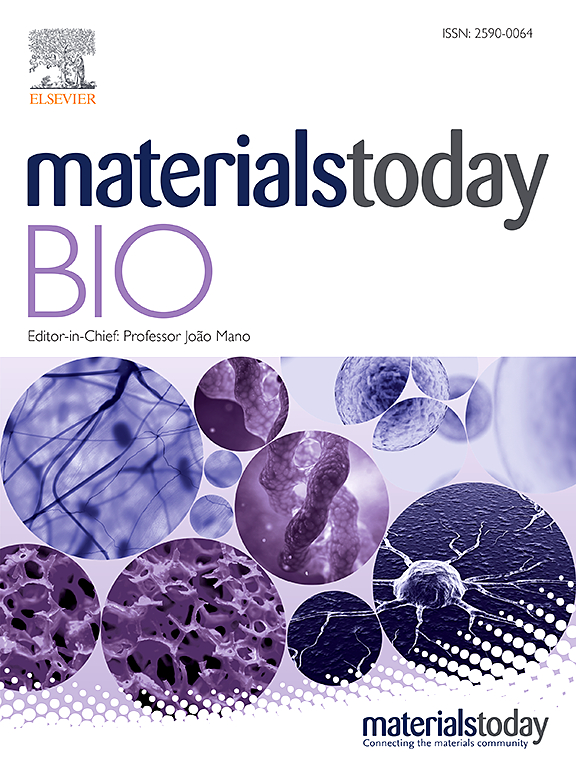Construction of a programmed activation nanosystem based on intracellular hypoxia in cisplatin-resistant tumor cells for reversing cisplatin resistance
IF 8.7
1区 医学
Q1 ENGINEERING, BIOMEDICAL
引用次数: 0
Abstract
Cancer poses a significant threat to human life and health. Cancers treated with cisplatin invariably develop drug resistance. This challenge can be overcome by identifying and exploiting the vulnerabilities acquired by drug-resistant cancer cells, paving the way for finding effective novel treatment options for cisplatin-resistant cancers. Our previous study revealed that cisplatin resistance in cancer cells comes at the cost of increased intracellular hypoxia. In this study, we used 2-nitroimidazole modified hyaluronic acid (HA-NI) as the carrier. The cisplatin-resistant tumor cell specific intracellular hypoxia programmed activation nanomedicine (T/C@HN NPs) was constructed by the hypoxic toxic drug tirapazamine (TPZ) and encapsulating chlorin e6 (Ce6) into HA-NI using polymer assembly technology. The amphiphilic carrier could release free Ce6 molecules under the stimulation of intracellular hypoxic environment, and exhibit specific "activated state" photodynamic properties in cisplatin-resistant tumor cells. Upon irradiation, Ce6-mediated photodynamic therapy further intensifies hypoxia, amplifying its cytotoxicity. This project systematically evaluated the effects of T/C@HN NPs on the identification and recognition of cisplatin-resistant tumors using drug-resistant patient-derived xenograft (PDX) models. This study provides a promising avenue for the development of novel treatment of cisplatin-resistant tumors.

求助全文
约1分钟内获得全文
求助全文
来源期刊

Materials Today Bio
Multiple-
CiteScore
8.30
自引率
4.90%
发文量
303
审稿时长
30 days
期刊介绍:
Materials Today Bio is a multidisciplinary journal that specializes in the intersection between biology and materials science, chemistry, physics, engineering, and medicine. It covers various aspects such as the design and assembly of new structures, their interaction with biological systems, functionalization, bioimaging, therapies, and diagnostics in healthcare. The journal aims to showcase the most significant advancements and discoveries in this field. As part of the Materials Today family, Materials Today Bio provides rigorous peer review, quick decision-making, and high visibility for authors. It is indexed in Scopus, PubMed Central, Emerging Sources, Citation Index (ESCI), and Directory of Open Access Journals (DOAJ).
 求助内容:
求助内容: 应助结果提醒方式:
应助结果提醒方式:


